No products in the cart.
Few tales of historical conflicts have stirred the imagine, have sparked patriotic fervour, or have galvanised the underdog within us all as the Battle of Thermopylae.
In the early 5th century BC Xerxes the Great, ruler of the Persian Empire, began his rule and set out to conquer all Greece. The Persian army at the time was purportedly one million fighting men, an unheard-of amount of soldiers, who would surely roll through defences and crush resistance by lesser, decentralised forces (scholars dispute the one million number, but agree that the Persian force was vast by ancient standards). The woefully outnumbered Greeks met the Persians at the Pass of Thermopylae, and though they were brave warriors from an age of heroes they could not turn the tide. Finally the armies of the Greeks retreated, leaving behind a small rearguard led by King Leonidas of Sparta and his chosen 300. What followed was a last stand that almost defies description.
Leonidas was King of Sparta when the Persian invasion began, and like the descendant of Heracles ought he went to the Oracle at Delphi to seek counsel. The prophecy he received stated that the lands in which they lived would either be sacked by the Persians, or mourn the death of a King. Believing that he went to his death Leonidas selected only men with living sons, numbering 300, to join him. These 300 men, along with a contingent of Thespians, held the narrow way known as “The Hot Gates” against the Persian army. Before King Leonidas and the last Spartan died on the third day more than 20,000 Persians had been killed and the bulk of the Greek army had escaped. This action allowed the Greeks breathing room to regroup, and a year later the combined forces of the Greek city-states routed the Persian army and sent them limping back to Persia.
Due to the epic nature of the battle (and the epic nature of the one-liners exchanged by the Persian and Spartan forces – when asked to surrender their weapons, Leonidas replied “Come and get them”), the tale of Leonidas and his 300 has sparked films, books, comics, songs, and video games. One of the most famous of these is Frank Miller’s 1998 graphic novel, 300, which was inspired by the 1962 film The 300 Spartans. Miller wrote this award-winning series in five issues that would eventually be adapted in the 2006 Zack Snyder film of the same name. The graphic novel (and the film itself) take considerable liberties with the story, though artistic license excuses much – this retelling of the story is considered the definitive version for this generation.
One area in which the comic series and film take these liberties is in the costumes of the Spartan warriors. Unlike their historical counterparts, these fictional Spartans fight without body armor or the leather skirts that were standard issue, instead fighting in codpieces, capes, and helmets. The helmet too was drawn more streamlined and altered from the historical version, and appears quite fierce when worn by the Spartan warriors on screen.
Darksword Armory’s Spartan helmet is part of our Herald series, and is imported from an overseas forge. The helmet is made from Mild Steel and is lined with cotton padding, and has the distinctive sharp crest that marked the Spartans apart from the other Greeks in the graphic novel. While this helmet would be wearable for some head sizes for cosplay or Renaissance Faire, it is not constructed for use in simulated combat – ideally, this would be a display piece for fans of Miller’s graphic novel or Snyder’s film. The Darksword Armory Spartan Helm is our tribute to this generation’s definitive retelling of history’s greatest last stand.
Currently, Darksword Armory has no plans to recreate the Spartan codpiece.
Be the first to review “Spartan Helmet (#1756)” Cancel reply
This site uses Akismet to reduce spam. Learn how your comment data is processed.
Related products
Sale!
Medieval Armor
Sale!
Medieval Armor
Sale!
Medieval Armor
Sale!
Herald Series Medieval Weapons
Sale!
Medieval Armor



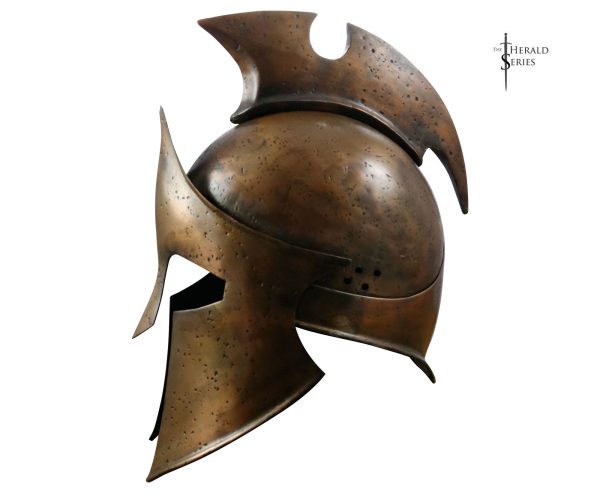
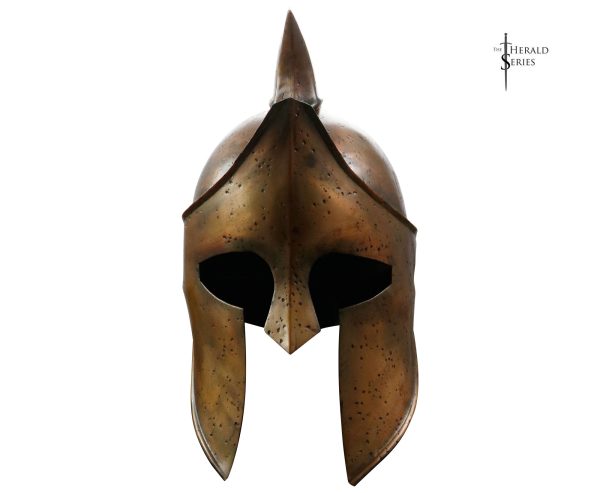
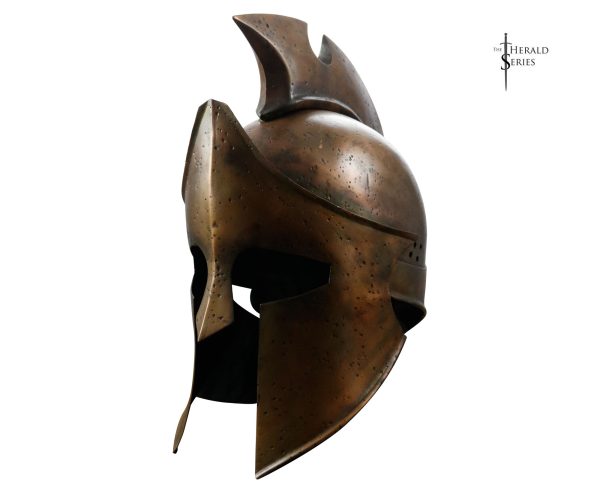
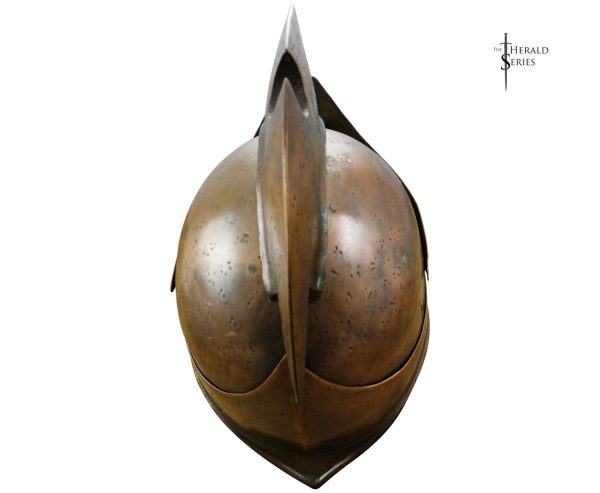
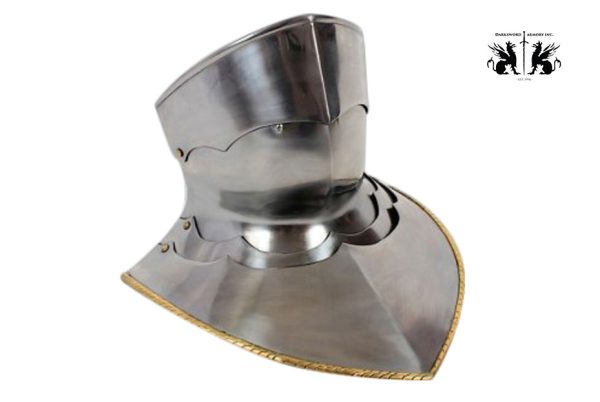
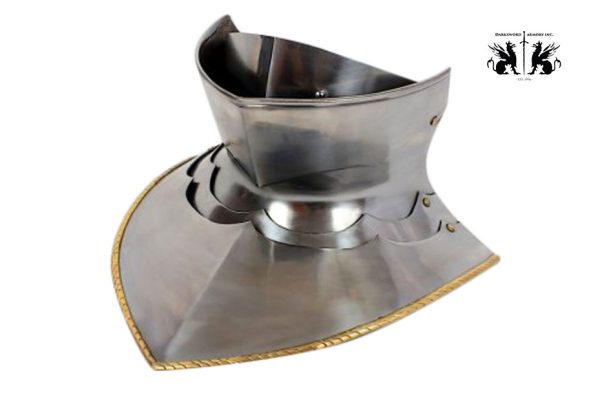
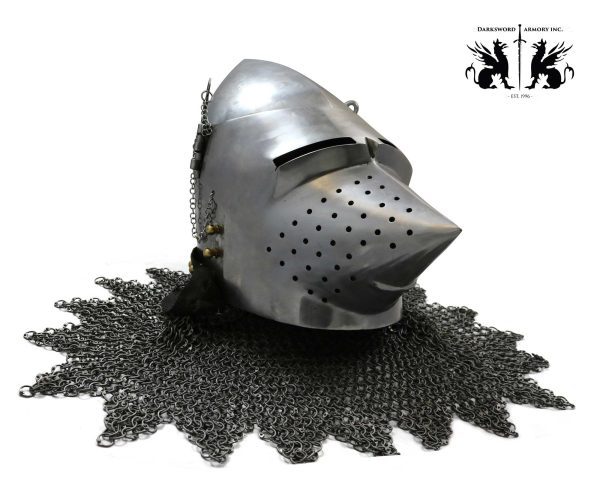
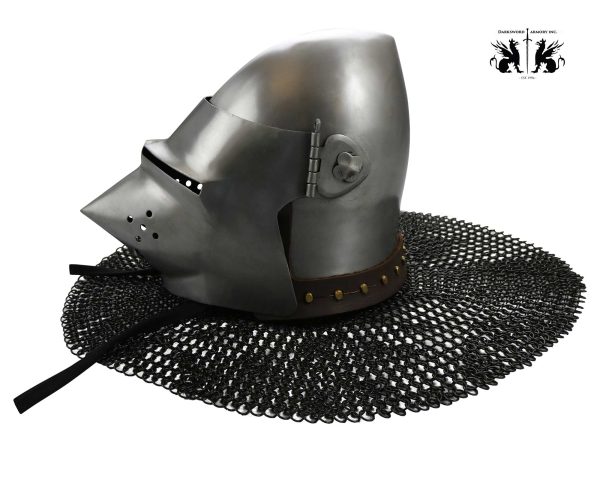
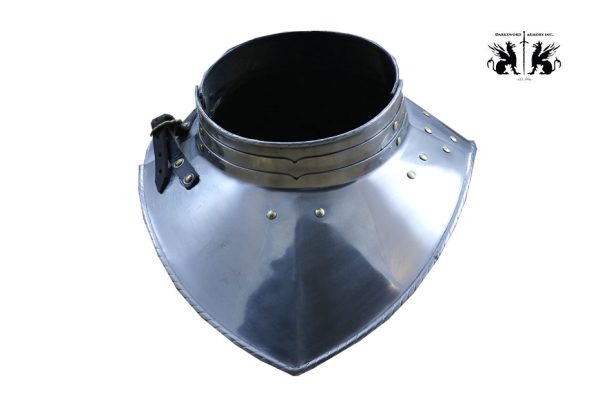
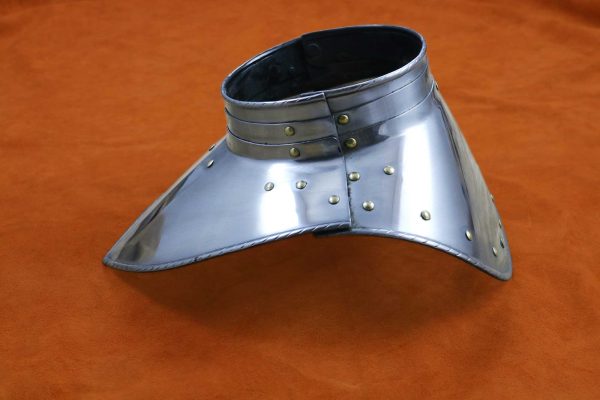
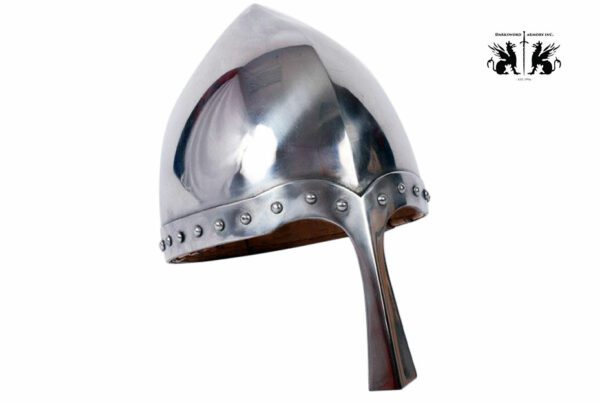
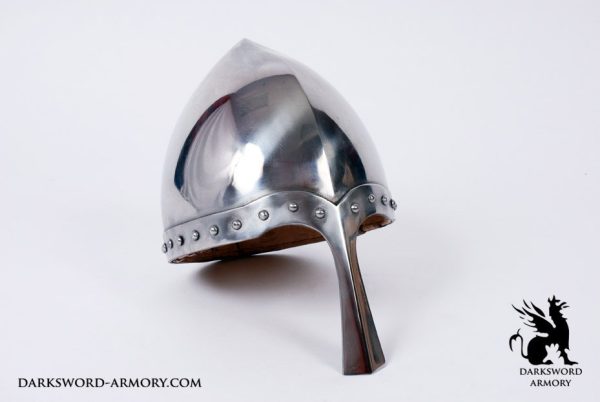
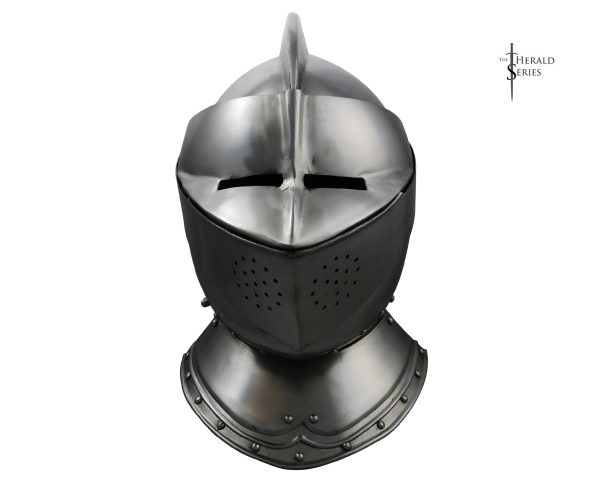
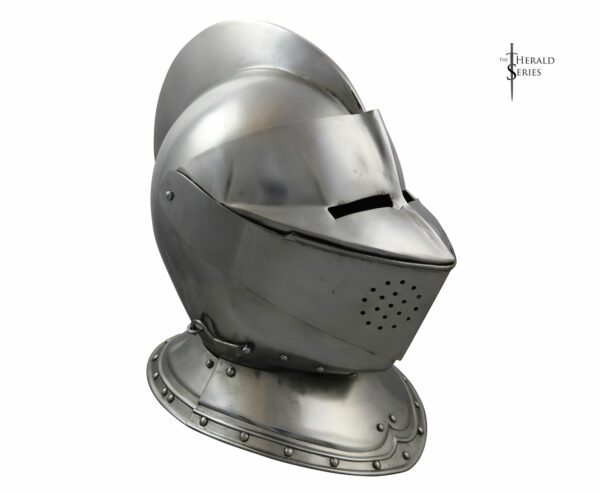
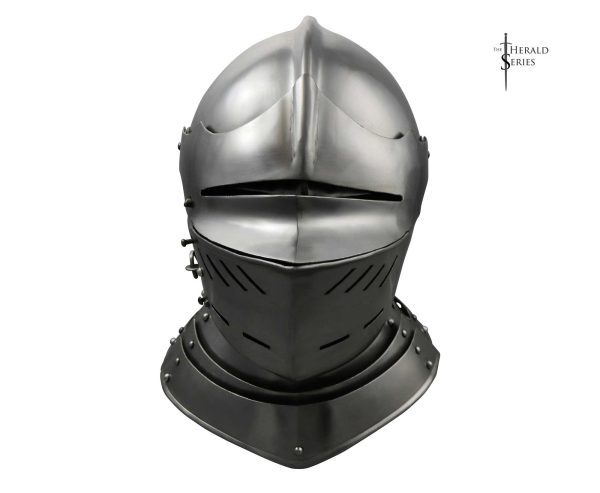
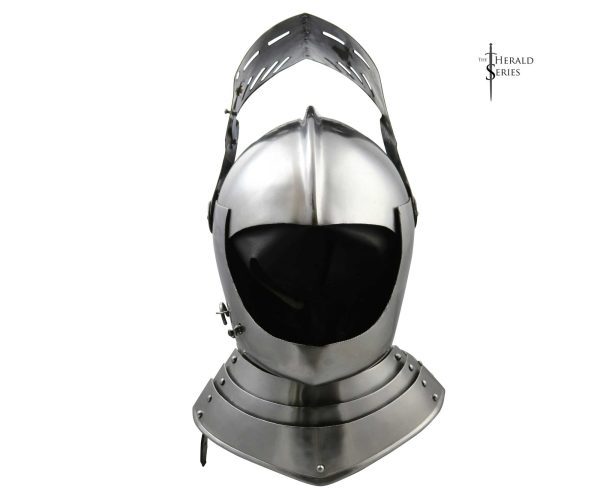
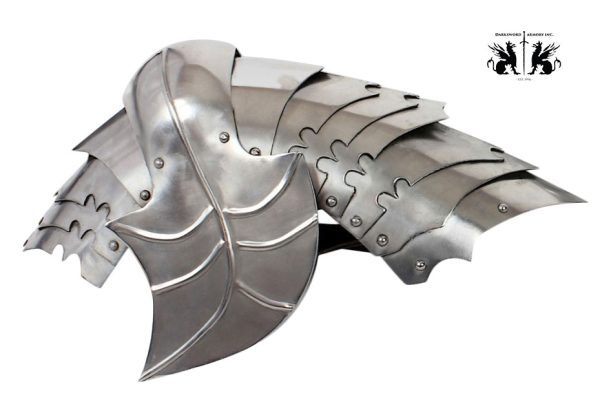
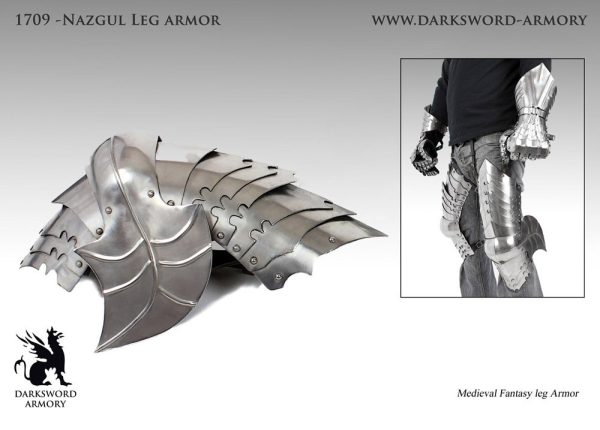
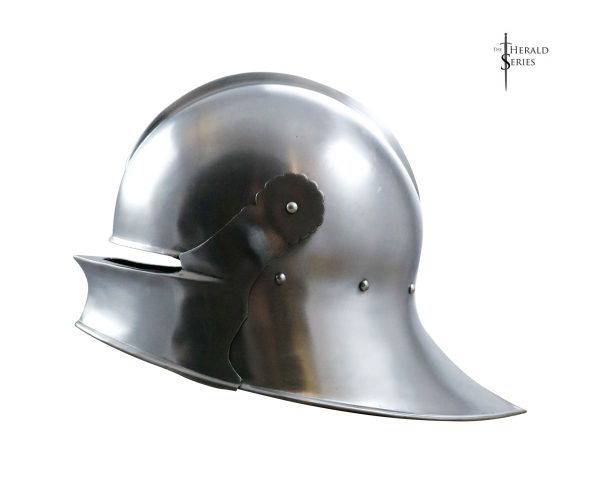
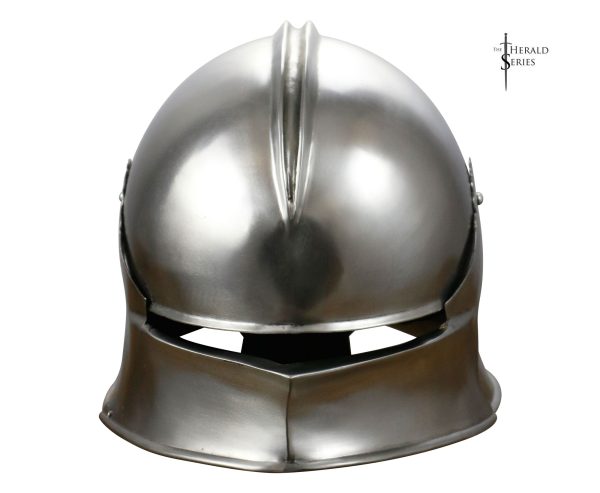
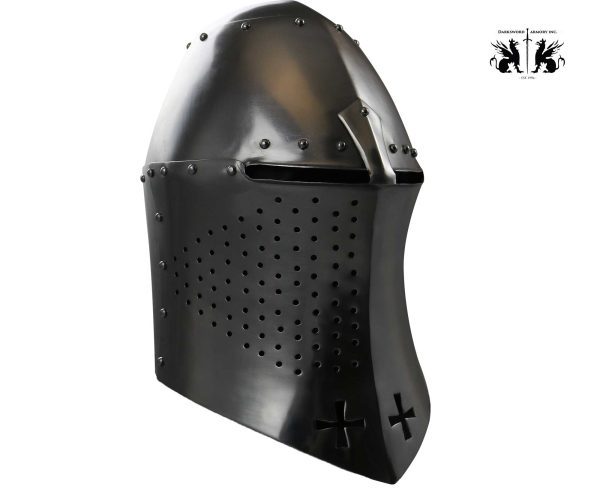
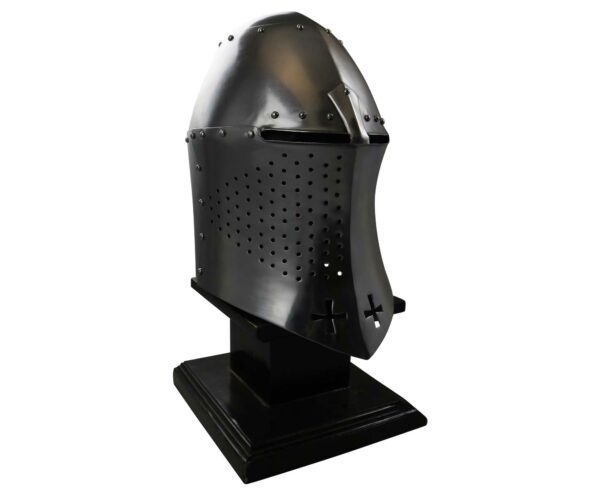
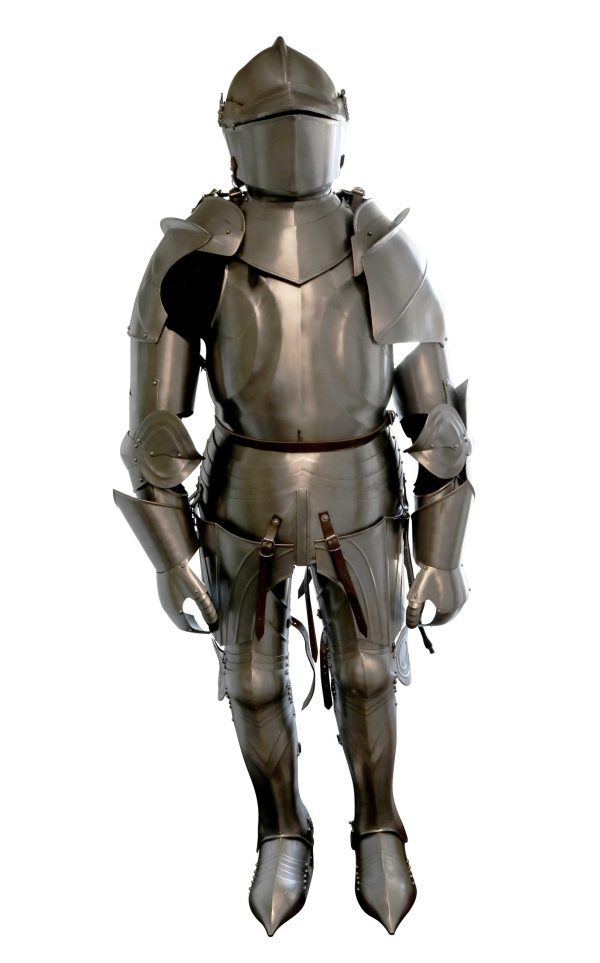
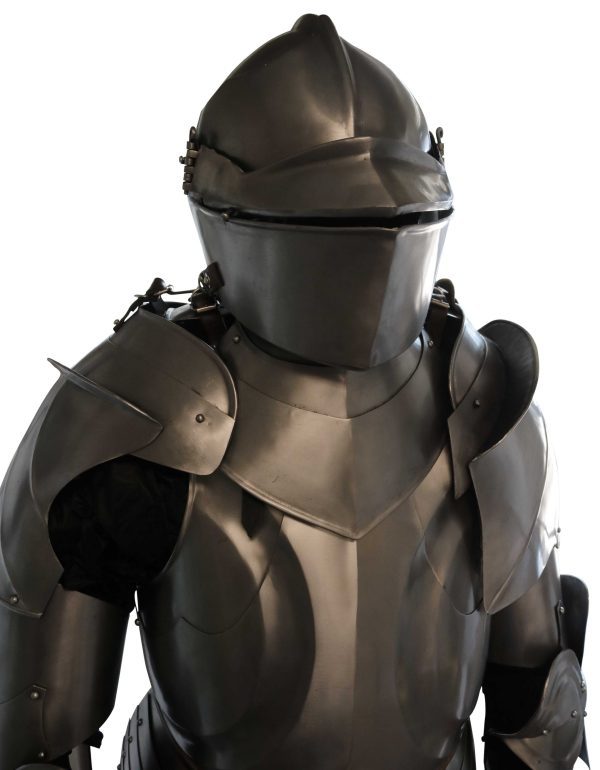
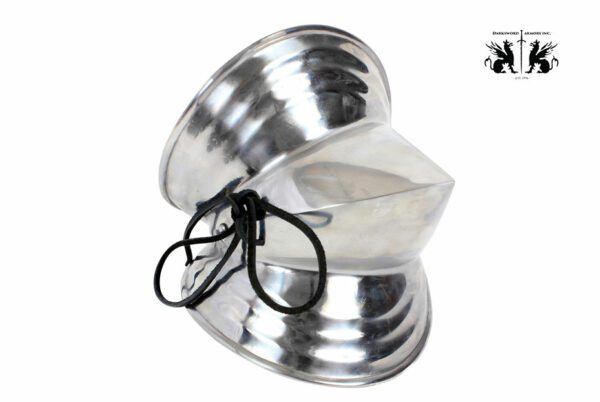
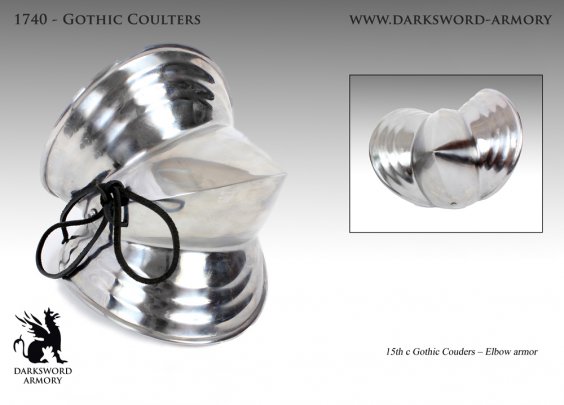
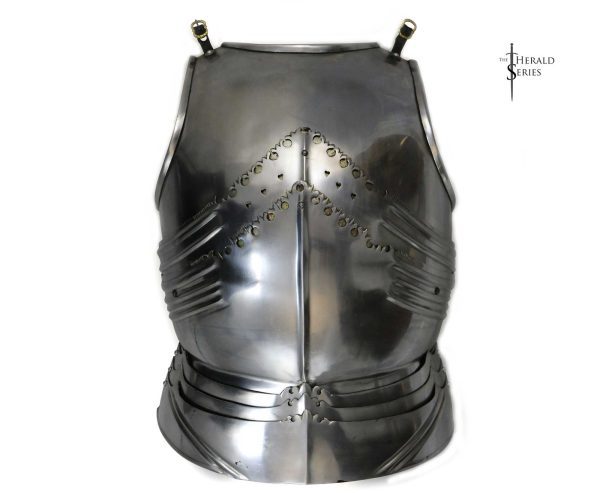
Reviews
There are no reviews yet.